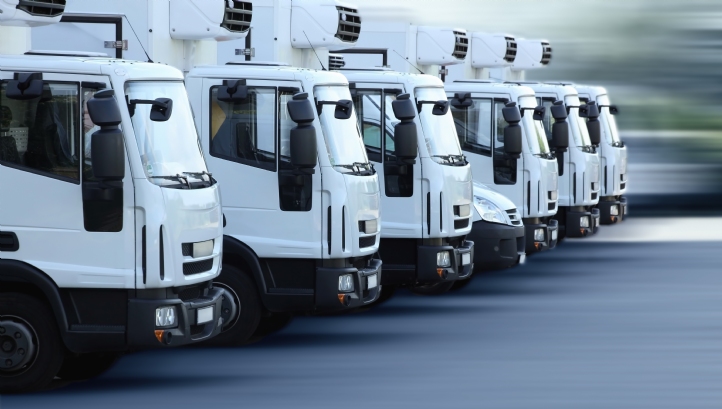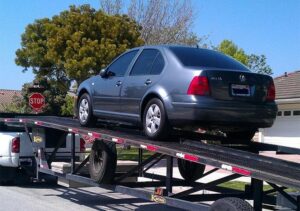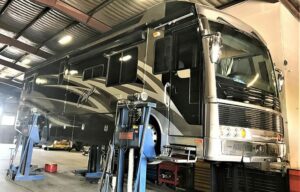Telematics has evolved to be the most potent, interdisciplinary field in vehicular technologies. It is the system of transmitting, receiving, and storing information, with a motive of controlling a remotely located object, or network system. It is a gamut of most advanced vehicular technologies, which ropes in transportation, road safety, advanced multimedia interface along with telecommunications. Telematics system integration also deals with global (GPS) system, in conjunction with international navigation satellite system. The impact of this branch of technology has created immense impact in the field of commerce, specifically vehicular technologies. In today’s business scenario, organizations have to play with knife edge profit margins. There is very little room for optimization in the manufacturing process, for better margins. The only recognized area of impact remains optimization in the logistics or transportation.
This is where telematics chips in with its advanced API system. API or application program interface, is a medium, which is built with many subroutine definitions or clearly defined methods to interact with different softwares. Due to customization in the demand from customers, software as a service organizations, have built this medium which can address these issues, by making it easier for the programmer, to build specific data structure, variables and routines for the program. It is just that curtain, which prevents the user to see the complex codes and skeleton structure of the program and only reveling, a user friendly interface.
Organizations managing a fleet may need to compare data from different systems like customer relationship, fuel consumption monitor, and final invoicing to the end user. These are facilitated by the use of API, which inturn reduces internal cost and empowers the employees to automate task, without the concern of duplication of work. In the modern business scenario, the amount of data generated in an organization, every second is huge, along different softwares. Therefore, without the presence of proper technological support the speed of data exchange becomes a daunting task, which prevents the employees to gather real-time information. For example, information which previously needed a person to manually pass it on to the dispatch department and then after forwarding it to the driver may be integrated with the particular vehicle directly. So that the driver can receive the information from the command center instantaneously, saving valuable time and cost.
Telematics system integration helps in the vehicle tracking, for fleet management companies. It helps the command center to send and receive signal from the driver directly. Any changes in the objective of the trip, can be shared real-time, and the mission executed without any hassle. The command center in the organization may also be interested in the pattern of the vehicle movements, fuels consumption at different speeds, and any possible driver mischief, with the help of this advanced system. Complex fleet management like the cold logistics, which are used to carry frozen material, are increasing inclining towards telematics, to obtain real-time container temperature and track the vehicle. It helps the supply chain personnel to alert the driver of any temperature fluctuation, so that he/she may speed up his/her vehicle to the destination or take course correction measures.
This wonderful tool could also be used for container tracking, for better security and possibility of re-assignment of the same after one trip. With transportation becoming multimodal, a system like this helps the user to gather field data in real-time, and take timely mission critical decisions. The system empowers the fleet owner to transplant intelligent warning systems into their fleet. This helps the driver to send emergency broadcast to the nearby vehicles of the same organization, in times of distress. This technology is used extensively in the latest boom in car sharing business.








